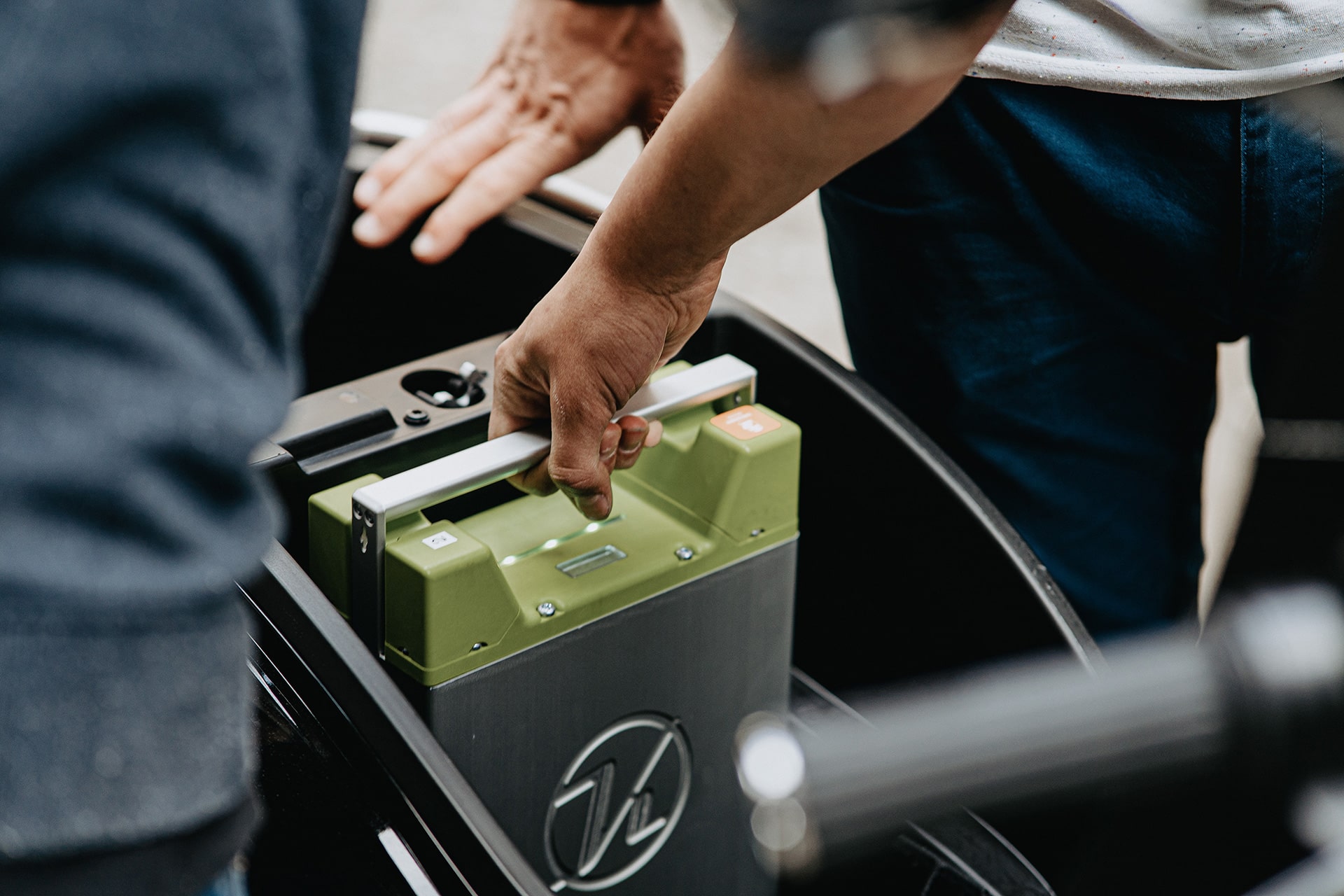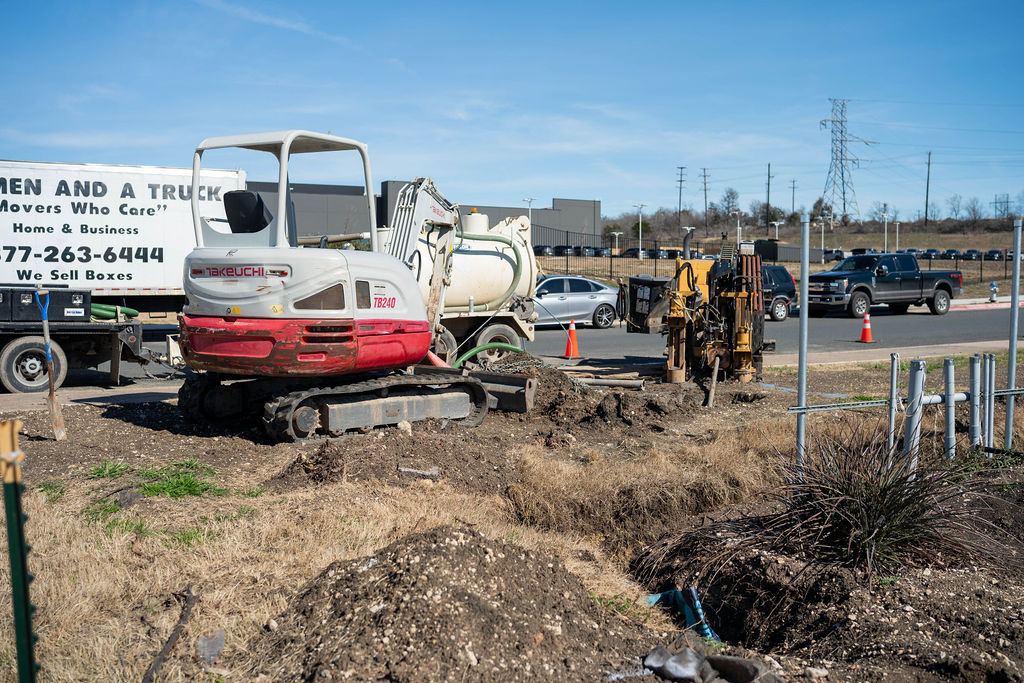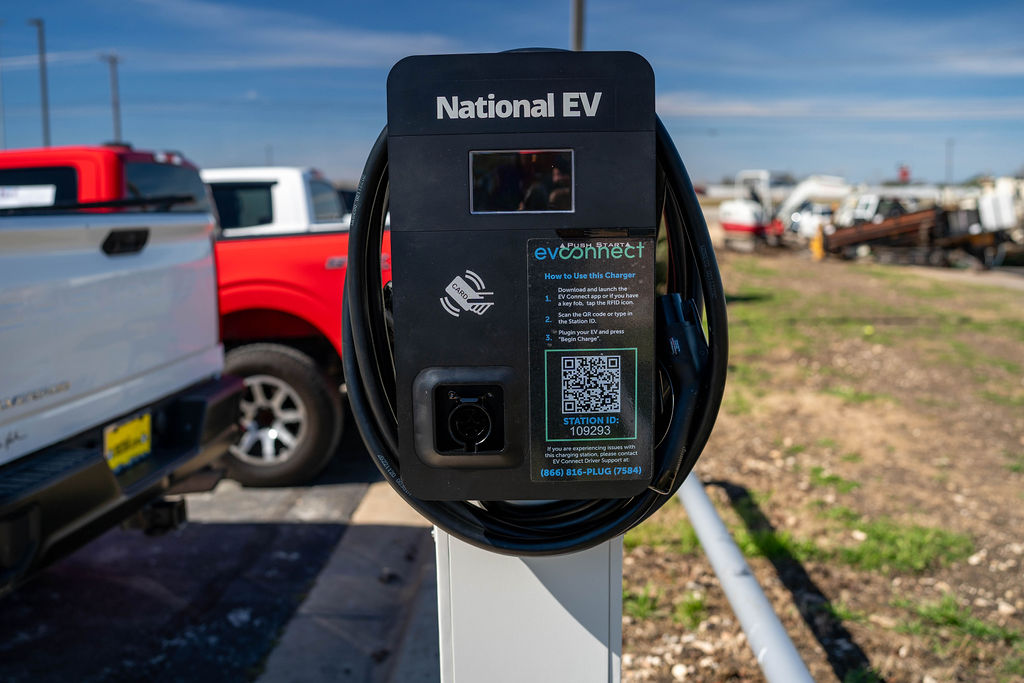If you’ve ever driven a traditional car, chances are that you’re familiar with the different grades of gasoline: regular, plus and premium. But what about the sources that power electric vehicles (EVs)—are there different grades of that, as well?
Actually, EV chargers—such as those that you would find at EV charging stations—are categorized by “levels” rather than grades. The levels correspond to how quickly a charger recharges an EV battery. In general, such chargers are defined by the number of kilowatts (kW) they produce. Each kilowatt-hour (kWh) received by a standard passenger-sized EV is equivalent to approximately four miles of driving range. The higher the charger’s output, the faster the EV battery’s rate of recharge will be.
Types of EV Charger
The three levels of EV chargers—level 1, level 2 and level 3 (also called a DC fast charger or a CHAdeMO charger—each charges an EV at a different speed, with a level 3 station offering the fastest charge. (CHAdeMO, an abbreviation of “CHArge de MOve,” is derived from a Japanese phrase which, interestingly enough, translates into English as, “How about a cup of tea?” referring to the time it would take to charge a car.)
Level 1 is the slowest type of charging equipment. Level 1 chargers plug directly into a standard 120-volt (V) AC outlet, supplying an average power output of 1.3 to 2.4 kW. This power output is equivalent to 3-5 miles of EV range per hour. An overnight charge adds 30-50 miles of range, enough for many commuters. A full charge for an empty EV battery can take more than 24 hours.
As you might expect, level 1 charging takes place mainly in residential settings, with very few built for public use, though some parking garages make 120 V outlets available for charging in the event that EV drivers supply their own cable.
Level 2 chargers, which operate at 208-240 V, output anywhere from 3 to 19 kW of AC power and are the most prevalent type in the US. This power output translates to a range per hour of 18-28 miles. A typical EV can be fully charged in eight hours or less on a level-2 charger. Results will vary, depending on the charger and EV combination, as some level two chargers can supply more power than the destination EVs can accommodate.
Level 3—known as Direct Current Fast Chargers (DCFCs)—are the fastest chargers available, with a maximum output of 350 kW. Designed to fill an EV battery to 80% in 20-40 minutes and 100% in 60-90 minutes, the maximum charge rate of DCFCs is often limited by the EV acceptance rate. At this time, few public charging stations are capable of actually delivering the highest level of power accepted by top-of-the-line EVs such as some Tesla models.
DCFCs are typically located next to major interstate highways, for the purpose of enabling EV road trips. Forecasts indicate that the number of DCFCs will grow significantly in the coming years from the 15,000-plus DCFC plugs in the US today. It bears mention that not every EV can charge at level-3 chargers—and also that charging at a DCFC station is only effective if the battery’s state-of-charge (SOC) is below 80%. Charging slows down significantly after that point.
For a free consultation with an expert who can educate and counsel you in greater detail about different levels of chargers, if you’re thinking about installing an EV charging station on your facility, contact us.
National EV—with website at NationalEV.com—an industry leader, with team members standing by who can patiently address any additional questions you might have about levels of EV chargers.



